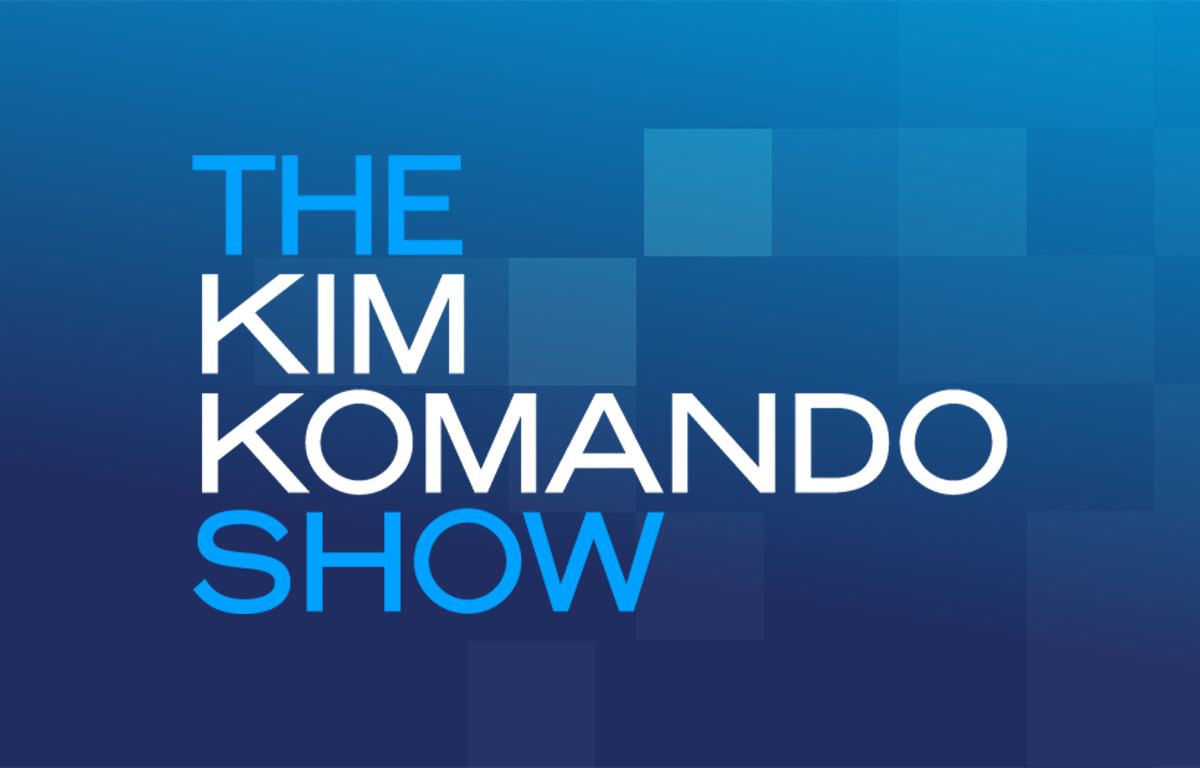Three months ago, I did what I do every year: I paid Apple my $99 developer fee. That ~¥700 charge is the annual ticket to the App Store, a fee we all pay with a mix of hope and dread.
But this year, I decided to run an experiment.
The rules were simple: No marketing, no ad spend, no social media campaigns. Could I earn back that $99 purely from the App Store, relying on the apps themselves to find their audience?
Last week, a deposit from Apple hit my bank account. It wasn’t a fortune, but it was just over $99.
I did it.
What’s shocking is how I did it. It wasn’t with one polished, perfect app that I’d spent months agonizing over. It was with a matrix of over 20 small, sharp, and targeted apps that I launched in under 90 days.
My partner in this venture? AI.
This is the story of how I flipped the traditional development playbook on its head and found a new path to profitability.
1. Abandon the “God” App, Embrace the Matrix
Most of us indie developers are romantics.
We carry a kind of “hero complex.” We want to build The One. That one perfect, stunning, feature-rich app that will change the world (or at least our bank balance) and get us that coveted WWDC Apple Design Award. We pour months, sometimes years, into a single product, polishing it like a precious jewel.
And the result? 99% of those apps launch to the sound of crickets. They become digital stones dropped into an endless ocean, sinking without a ripple.
I realized our biggest weakness isn’t our technical skill. It’s our desperate search for certainty in an uncertain market.
So, for this experiment, the very first thing I did was change my mindset.
I stopped searching for one “killer” idea.
I started searching for 20 “real, existing” micro-problems.
My goal wasn’t to build an aircraft carrier. It was to launch a fleet of 20 speedboats. If one sinks, who cares? As long as a few of them catch some fish, I win.
This strategy immediately neutralized the single greatest risk for any solo developer: putting all your eggs in one basket.
2. My Chief Market Analyst: An AI Prompt
“Okay, but where do you find 20 viable app ideas?”
This used to be the question that kept me up at night. Now, I outsourced that question entirely to AI. But the magic wasn’t in the tool; it was in how I asked the question.
I didn’t ask the AI: “What are some good app ideas?” That’s a recipe for generic, useless answers.
Instead, I gave it this prompt:
“Analyze a list of niche professions or hobbies known for high disposable income but have low penetration of specialized digital tools. For each group, identify high-frequency, frustratingly tedious tasks they perform that could be solved with a minimalist, single-purpose application.”
Do you see the difference?
I wasn’t looking for “ideas.” I was looking for “specific people with money and a problem.”
The results were astounding. AI suggested audiences I’d never considered: landscape architects, professional wine sommeliers, independent documentary filmmakers, high-end furniture restorers, and more.
From there, I could drill down. I’d follow up: “For a landscape architect, what’s a recurring calculation or reference task they do in the field that’s too clunky for a spreadsheet but too simple for full-blown CAD software?”
AI became my tireless Chief Market Analyst. It performed the market research and needs validation that I never had the time or resources to do. Each of the 20+ app ideas came from these deep conversations.
Every app was a custom-made Swiss Army knife, built to solve one problem for one type of person. I didn’t have to “educate the market” or “find my users.” The users were already searching for a solution. They found my apps, and they paid for them because it felt like the tool was designed just for them.
3. My Lead Programmer: Claude Code
Shipping six apps a week sounds like a fantasy.
And it would be, if I were hand-coding every line. My secret weapon wasn’t a complex project template; templates are rigid and slow you down.
My secret was pair programming with Claude.
In this new workflow, my role shifted from “coder” to “architect” or “director.” Claude became my infinitely fast, incredibly competent lead programmer who never needed a coffee break.
Our development dance looked like this:
Me (The Director): “Using SwiftUI, build a single-screen app. It needs an input field for X, a picker for Y, and a ‘Calculate’ button. The core logic is to take X and Y and run them through [this specific formula].”
Claude (The Programmer): Instantly generates the first draft—a working, compilable code base.
Me (The Reviewer): “Excellent. Now, change the button style to a blue-to-purple gradient. And add a feature to save historical results to a list using SwiftData.”
Claude (The Executor): Immediately refactors the code with the requested changes.
The entire process was fluid. My mental energy was 100% focused on defining the problem and refining the output. All the tedious, repetitive, and time-consuming labor—UI layout, data modeling, API boilerplate—was handled by the AI in seconds.
Work that used to take me hours was now measured in minutes.
This is a fundamentally new way to build software. I am in charge of the thinking; the AI is in charge of the typing.
That is the entire secret to my “six-apps-a-week” velocity.
What This $99 Story Really Means
Earning back my developer fee in three months is a nice vanity metric, but it isn’t the real story here.
The real story, the one that should excite every developer, is the paradigm shift that’s happening right now.
A programmer who doesn’t understand marketing can now use AI to uncover real business opportunities.
A developer with no team can now use AI to achieve massive productivity.
AI is lowering the barrier to entry for solo entrepreneurship. It’s shifting the required skill set away from being a “full-stack-everything” unicorn and back toward the core human skills: creativity, strategy, and decision-making.
We no longer have to pray that our one big idea becomes a viral hit. With AI-powered micro-innovation, we can build a resilient matrix of solutions that reliably earns its keep.
I’m still early in this journey, but I’ve proven to myself that this path works.
If you are a fellow developer, stuck in the grind of building a single app that feels like a lottery ticket, I hope my story gives you a spark of a new idea.
The world has changed. It’s time our methods for building in it changed, too.


